 Signin with Google
Signin with Google Signin with Facebook
Signin with Facebook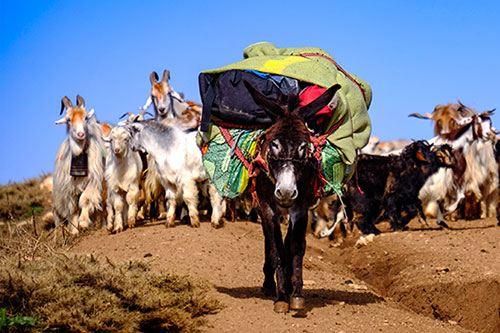
A Migration Journey with Iran Nomads
Travel to west of Iran, the land of majestic Zagros Mountains and participate in the seasonal migration of Iranian nomads
Book
- Gallery
- Overview
- What you experience
- Available On
- Locations
- Features
- Necessities
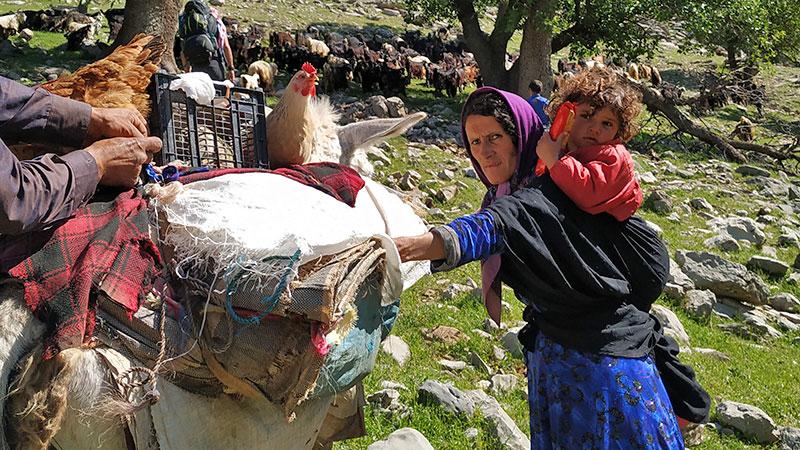
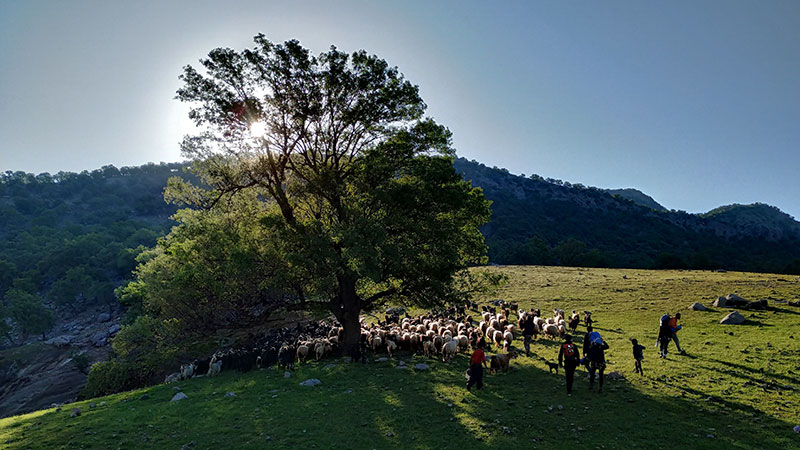
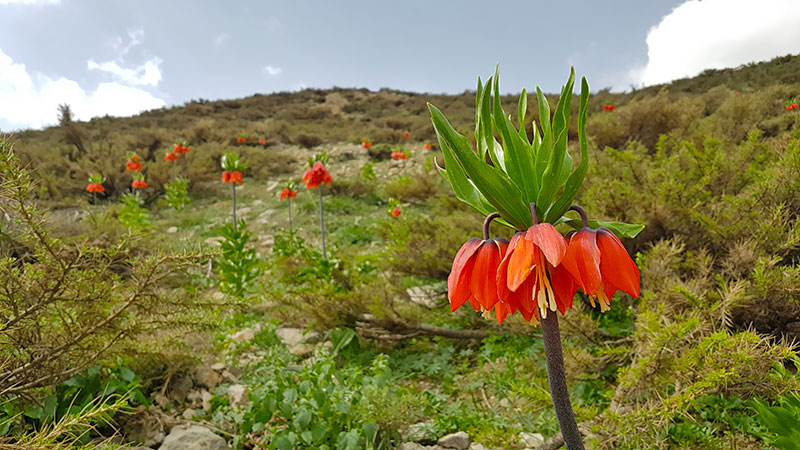
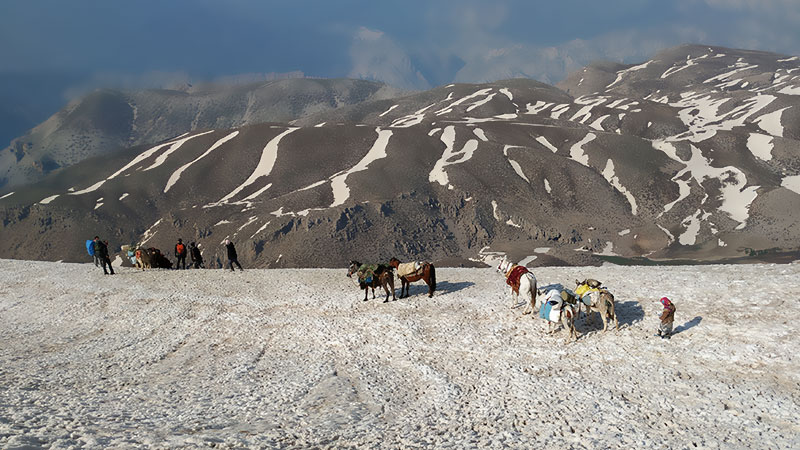

-39489f.jpg)
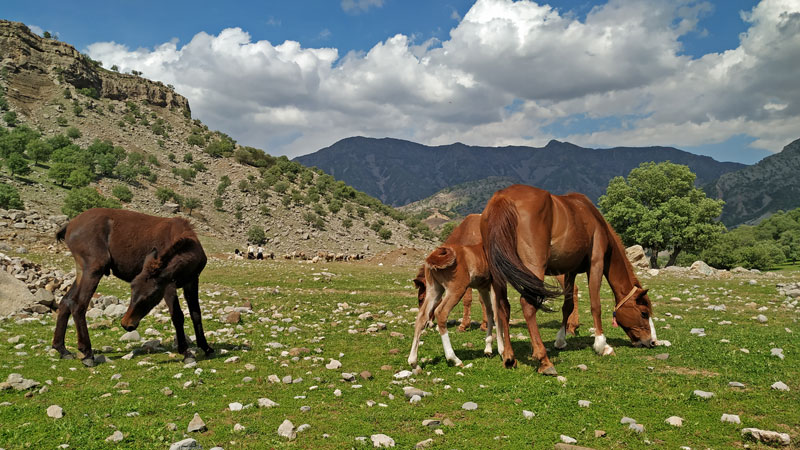
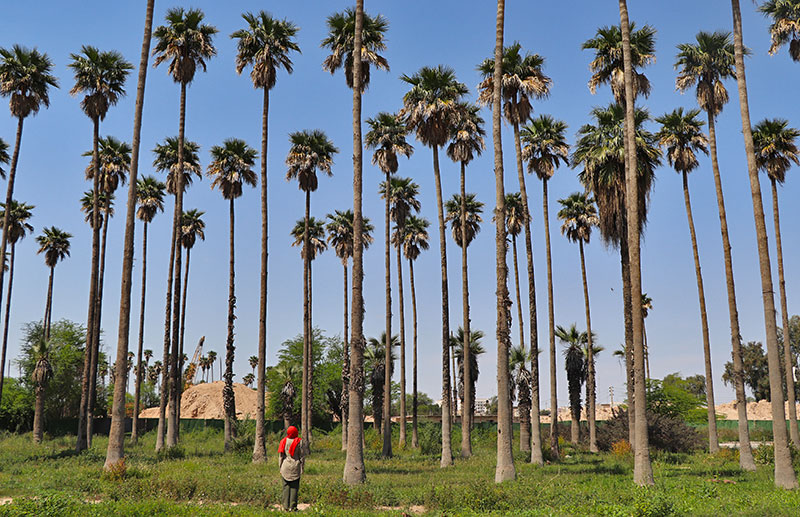
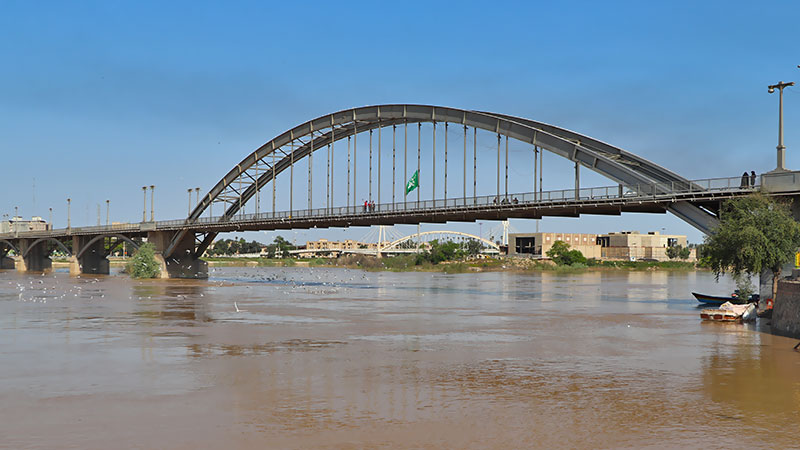
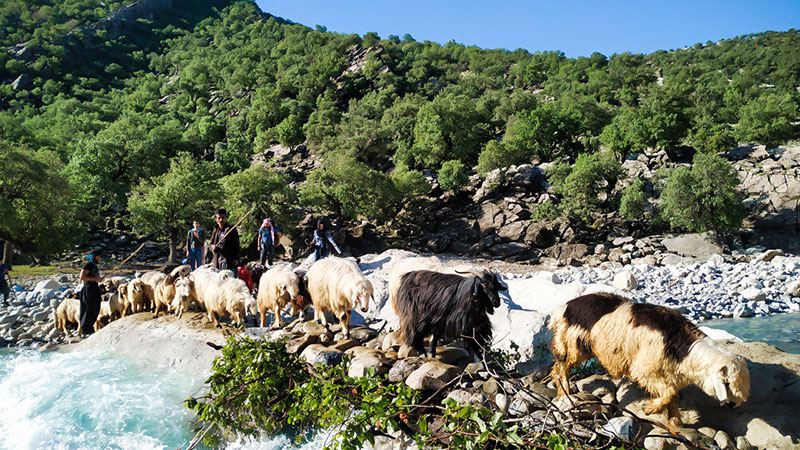
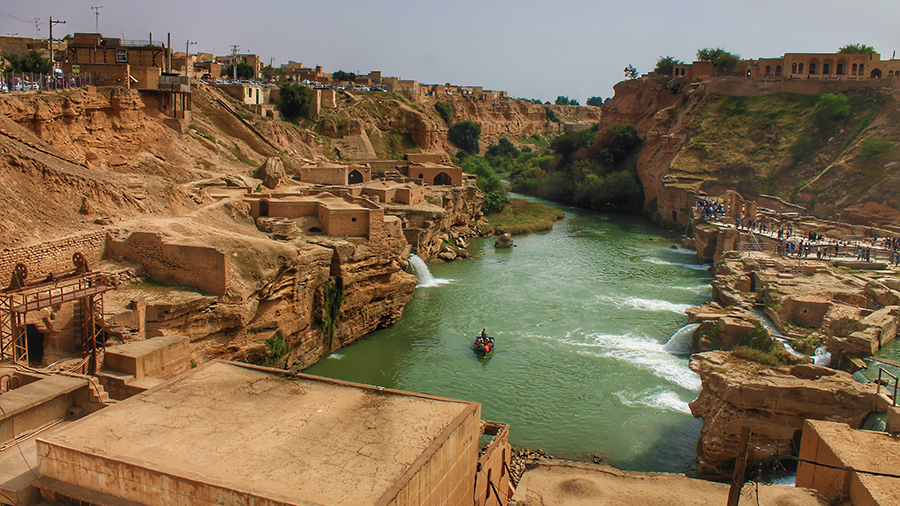
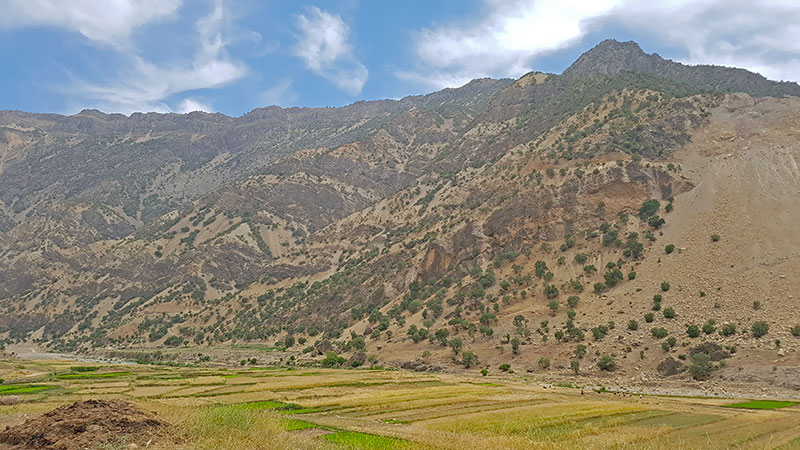
Go on a seasonal migration journey accompanying the nomads and their flocks of goats and sheep. Wake up in the morning with the sunrise. Enjoy organic fresh food with epic views of the mountains. Take part in the daily life and activities. Rely on solar energy and shut down from the world of materialism and experience an endangered lifestyle. Travel along the western mountains in this 7-day culture-based expedition. Visit the privileged UNESCO-World Heritage sites and step in the most ancient area of Zagros land to Immerse yourself in the authentic lifestyle of Bakhtiari Nomads.
Tick off the essence of Iran southwestern World Heritage Sites
Meet actual nomadic tribes as they do their seasonal migration and feel life on the move
Trek the ancient nomadic trails across Zagros mountain ranges with Iranian nomads
Encourage nomads in their traditional way of life
Explore the intact forests of Zagros district and hinterlands
Visit alluring mountain villages and off beat sightseeing in the west
- Meals: 7 Breakfasts, 7 Lunches, 7 Dinners per person, tea, fresh dairy
- Accommodation: 3 Nights hotel/guest house, 1 night local lodge, 2 nights camping
- Transportation: All transports between cities and within them in the tour by 4WD
- Other Services: English speaking mountaineer guide, entry fee to historical sites, domestic flight from Tehran to Ahvaz, travel insurance, Khuzestan sightseeing, mountain villages, visiting Koohrang Spring, fritillaria Plains & Koohrang’s reversed tulips
- Excluded: International arrival and departure pickup and drop in, mini bar in the rooms, entry fee for the sites not mentioned in the itinerary, excess baggage charges, airport and departure taxes, tips (optional), cost of medical immunizations, phone calls, any other services not mentioned in the itinerary
- Warm Clothing
- Sunscreen
- Camera
- Water bottle
- Hiking Shoes
Brief Itinerary
The first day starts right after reaching Ahvaz airport. The least frequently visited city of Ahvaz is home to the longest river and only river of Iran with shipping navigational system, the Karoon river. Ancient Greeks called this river Eulaeos. After checking out the river and its reputable bridges, we drive to the archaeological site of Haft-Tappeh, where we come across the remains of an ancient civilisation. We then head to visit one of the world’s best surviving examples of Elamite architecture, Chogha Zanbil Ziggurat. Our final world heritage box to be ticked off is Shushtar Hydraulic irrigation system. This system is a complex irrigation system of watermills, dams and canals from the Sassanid era. An overnight stay in Shushtar city is accompanied by traditional lunch and dinner.

Our second day is about exploring the intact regions of Zagros hinterlands. After visiting Negin Bridge and Shimbar Waterfall, if time allows, we head to the time-honoured 6000 years old Dezpart steps. After 3-4 hours of hiking, we reach the Nomad’s Black tent in Mount Zagros. Spending the night in the nomad camp, under the starry sky, we get some sleep for tomorrow’s migration with the Nomads.
On day three, we start the seasonal migration, Kooch in the local dialect, with the Nomads and their livestock. For the next three days, we accompany these indigenous people and big herds of animals in their epic journey across the Zagros mountain ranges. It is a culture-base trekking adventure.
Living the Nomad life, sleeping in the mountains and waking to the sunrise creates a memorable journey away from the hustle and bustle of city living with all the challenges of wild adventure. At the end of day 5, we bid farewell to the Nomads to continue our expedition to a green mountain village called Khouyeh.

We check into a cosy lodge and stay overnight. On day 6, we will go to an alluring historical village, famous amongst Iranians for its unique architecture where the yard of one house is the roof of another. Welcome to Sar Agha Seyyed village. We continue on the road to Chelgerd, where we will stay in a hotel overnight. Day 7 is our last day. We get to do some sightseeing. A visit to Dimeh Spring and the plain of Koohrang’s reversed Tulips create a memorable final day before we return to Isfahan city riding 4WD.

We have an overall of 42 km hiking. During the migration, flexibility is a keyword. There is no fixed plan due to the nomad flexible routine. we need to adapt ourselves encountering with unexpected adventures
Bakhtiari nomad tribes, the original habitants of Zagros
The history of Iran Nomads dates back to the second millennia BCE. In the Iron age, where several groups of nomads entered the Iranian plateau and called themselves Aryans and their land “the lands of Aryans”. Although there are many different Nomad tribes in Iran, Bakhtiari is the largest migrating tribe in Iran. Bakhtiaris are Iranian Lur people that speak Lori language. They are descendants of Persian tribes. The residential regions in which Bakhtiaris live used to be the ancient lands under Elamites and Kassites dominance. Bakhtiaris consider the mythical Persian kings, specifically Kiarash as their original root.
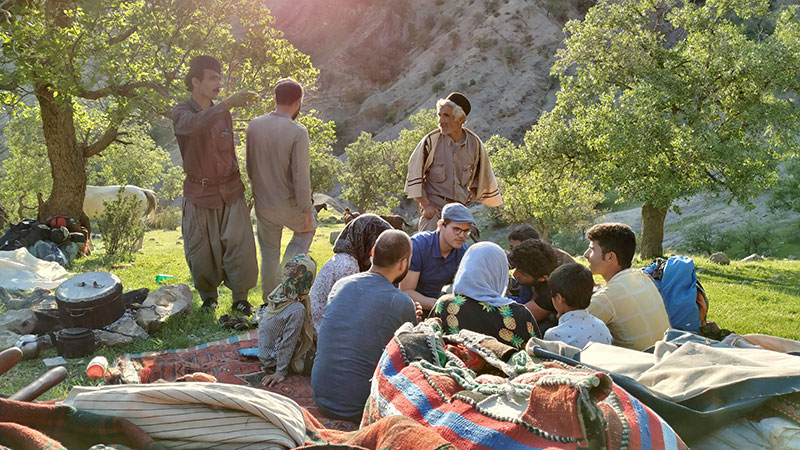
Nomadic life is about frequent migration, nomadic herding and cattle-breeding. The life of the nomads is in harmony with the wild nature, which defines the type of their livestock, as well as the time and route of migration. Actual nomads of Iran are constantly on the search for where there are gentle weather and green pastures.
A note to participants:
- The tour can be started from any other city in Iran, and transportation is included.
- The maximum group size for this tour can be seven pax.
- The range of ages for participants is 16-70 while there are possibilities for exceptions.
- You must have mountaineering skills and high fitness.
- The meals would be mostly dairy products or meat. In case you follow a special diet please let us know in advance to bring food according to your taste.
- The itinerary would change due to the weather condition.
- Many of the places and villages we visit have least facilities and amenities. Though you can assure, this is a unique and off-beat experience in Iran.
- Thank you for helping us with our goal to preserve the worth-maintaining nomad lifestyle and minimizing negative impacts on their culture and environment.
Thirty percentage of this tour's revenue goes directly to the nomad family who hosts us and twenty is used for the purpose of education and development of nomad tribes.
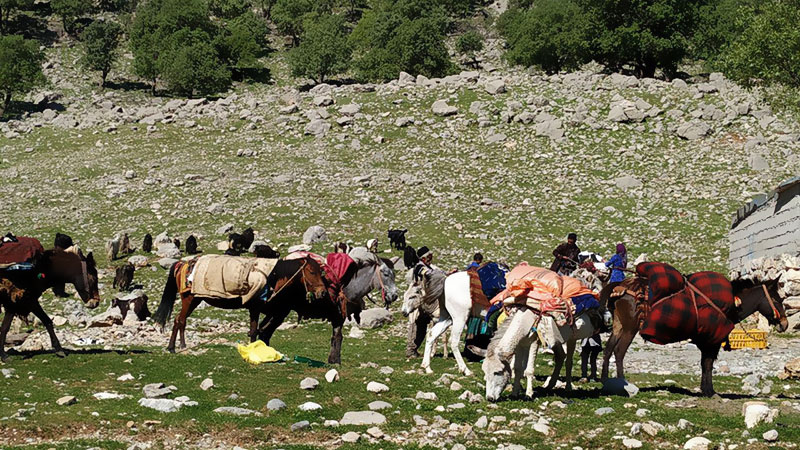
Important Cultural Notes:
- Women can not be photographed without permission
- Nothing is fixed; Nomads' life depends on the weather & their animals. We need to adapt ourselves to their rhythm.
- In traditional families, it is not common for girls to make contact with strangers. Therefore it is important to keep the proper distance
- Please do not wear tight clothes, sleeveless shirts and shorts
- The object of this tour is to accompany nomads during their daily life, also respecting their traditional culture in all its aspects
- You can encourage nomad artists by purchasing their handicrafts directly. We offer a contribution of up to 20 percent
